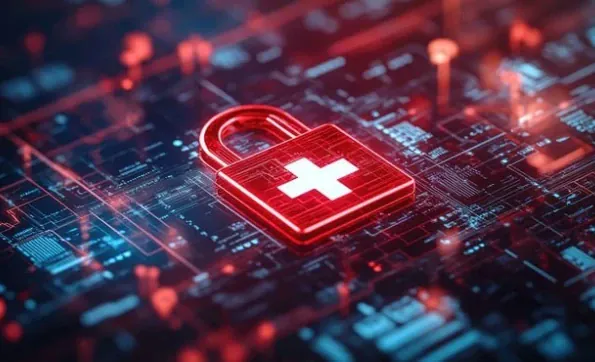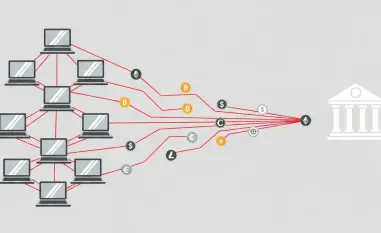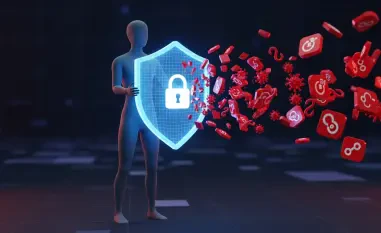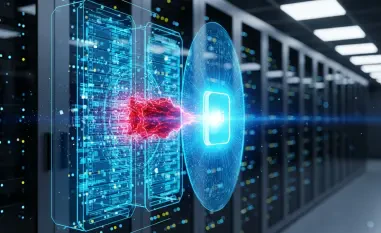The February 2024 ransomware attack on Change Healthcare, a UnitedHealth-owned health tech company, stands as the largest data breach of health and medical data in U.S. history. Approximately 190 million Americans were affected by this cyberattack, revealing significant vulnerabilities in the cybersecurity measures of a key player in the U.S. healthcare sector. Understanding how this breach unfolded and the subsequent ramifications provides critical insights into the evolving landscape of cyber threats and the urgent need for robust security protocols.
Emergence of the Security Incident
On February 21, 2024, Change Healthcare experienced sudden and widespread outages when its billing systems, used extensively by doctors’ offices and healthcare practices, ceased functioning. Insurance claims processing also halted, causing significant disruptions across the healthcare sector. Visitors to Change Healthcare’s status page encountered numerous outage notifications, and the company confirmed later that day that it was dealing with a network interruption caused by a cybersecurity issue. In response, Change Healthcare enacted its security protocols and shut down its entire network to isolate the intruders. This move led to the outages affecting various elements of the healthcare sector that rely on Change Healthcare for insurance and billing claims processing.
Subsequent investigations revealed that the hackers had initially penetrated the system around a week earlier, on or about February 12, 2024. Initially, the intrusion was misattributed to government or nation-state hackers, which added to the confusion and urgency of the situation. However, further investigation clarified that the incident was the work of a ransomware gang identified as ALPHV/BlackCat.
Identification of the Ransomware Gang
By February 29, UnitedHealth confirmed that the incident was carried out by ALPHV/BlackCat, a notorious Russian-speaking ransomware-as-a-service gang. The gang’s modus operandi involves affiliates infiltrating victim networks and deploying malware, with the leaders pocketing a portion of the collected ransoms. In the aftermath, a dark web leak site associated with ALPHV/BlackCat claimed responsibility for the attack, asserting that they had stolen sensitive health and patient information belonging to millions of Americans.
In early March, the ALPHV ransomware gang suddenly vanished. Their dark web leak site displayed a notice claiming that U.K. and U.S. law enforcement had seized it, yet both the FBI and U.K. authorities denied involvement. Indicators suggested that ALPHV had executed an “exit scam,” absconding with the ransom payment. Despite demanding and receiving a $22 million ransom from UnitedHealth, the hackers left the stolen data behind and disappeared. An affiliate responsible for breaching Change Healthcare later alleged that the ransom payment was stolen by the gang’s leadership, providing a linked bitcoin transaction as evidence and asserting that they still possessed the stolen data.
Persistent Disruptions and Data Recovery
Weeks into the attack, disruptions persisted, with many patients being unable to refill prescriptions or having to pay out-of-pocket. Military health insurance provider TriCare reported worldwide pharmacy disruptions, adding to the growing list of affected entities. The American Medical Association criticized UnitedHealth and Change Healthcare for inadequate communication regarding the ongoing disruptions. In mid-March, Change Healthcare received a “safe” copy of the stolen data, allowing the company to commence identifying the affected individuals and initiating the necessary notifications.
Later in March, the U.S. government increased its bounty for information leading to the capture of ALPHV’s key leaders and affiliates to $10 million. This move aimed to leverage potential insider information to locate and identify the gang’s leaders. It also underscored the severe threat posed by the potential publication of millions of Americans’ health information. The federal escalation highlighted the gravity of the situation and the broader implications for national cybersecurity.
Emergence of RansomHub and Continued Threats
By mid-April, the threat landscape evolved further when an affiliate from the defunct ALPHV gang established a new extortion entity, RansomHub. This group demanded a second ransom from UnitedHealth, publishing parts of the stolen health data to substantiate their threats, which included sensitive patient records. The double extortion tactic employed by RansomHub underscored ransomware gangs’ strategy of stealing and threatening to publish data if their ransom demands were unmet. This placed UnitedHealth at risk of recurrent extortion attempts, amplifying the ongoing threat to patient privacy and financial stability.
On April 22, UnitedHealth publicly acknowledged the breach’s extensive impact, though it did not yet quantify the number of affected individuals. The stolen data was revealed to include a wide array of sensitive medical and personal information, such as medical records, health information, diagnoses, medications, test results, and more personal details. The disclosure heightened the urgency for individuals and healthcare providers to assess the potential damages and implement defensive measures.
Admission of Security Lapses
On May 1, 2024, UnitedHealth Group’s chief executive, Andrew Witty, testified before Congress, revealing that the attackers accessed Change Healthcare’s systems using a single set password on an account devoid of multi-factor authentication, a basic security feature. Witty’s testimony underscored the breach’s preventability and emphasized the critical importance of fundamental cybersecurity practices. This breach implicated about one-third of the American population, underscoring the vast impact of seemingly minor security oversights.
In the following months, Change Healthcare began notifying affected hospitals and medical providers, fulfilling its legal obligations under the Health Insurance Portability and Accountability Act (HIPAA). Given the breach’s massive scale, the company required a significant amount of time to identify and notify all impacted individuals. Change Healthcare disclosed the breach on its website, indicating that they might lack current contact details for all affected individuals, thereby complicating the notification process.
Notifications and Legal Actions
By late July, Change Healthcare ramped up its efforts to notify individuals directly affected by the breach. Mailing operations commenced, with letters detailing the types of stolen data, including medical, health insurance details, claims data, payment information, and financial data. The process was cumbersome and extensive, given the massive number of affected individuals.
As details emerged, the state of Nebraska filed a lawsuit against Change Healthcare in December, accusing the company of security failings that led to the unprecedented data breach. The lawsuit highlighted the attackers’ exploitation of a “low-level customer support employee’s” credentials, which were not protected by multi-factor authentication. Additionally, the complaint called attention to poor IT system segmentation, which allowed hackers to move freely between servers post-infiltration. UnitedHealth subsequently indicated that the number of affected Americans might surpass the 100 million initially disclosed.
Confirmed Impact and Lessons Learned
The February 2024 ransomware attack on Change Healthcare, a health technology company owned by UnitedHealth, marks the largest data breach of health and medical information in U.S. history. An alarming 190 million Americans were impacted by this cyberattack, exposing major weaknesses in the cybersecurity defenses of a crucial component of the U.S. healthcare system. This breach highlights the serious gaps in digital security protocols that can exist even within significant players in the healthcare sector, emphasizing the urgent need for strengthened cybersecurity measures.
The attack indicated not just how exposed sensitive health data could be, but also how severe the implications of such a breach can be for both individuals and the healthcare infrastructure at large. The compromised data potentially included personal identification information, medical records, and possibly sensitive health information, making it a highly critical incident.
Understanding the specifics of how this breach occurred and analyzing its aftermath are crucial for grasping the shifting dynamics of cyber threats. This incident serves as a stark reminder of the evolving nature of cybercrime and the amplifying need for robust security frameworks to safeguard sensitive health information. Ensuring that adequate cybersecurity measures are in place is no longer optional but a crucial necessity to protect against future breaches of similar magnitude.













